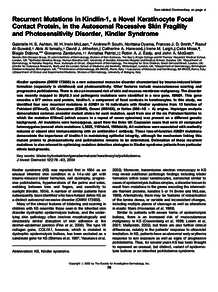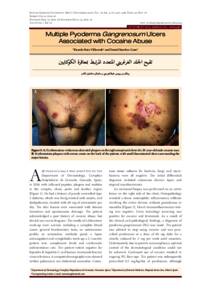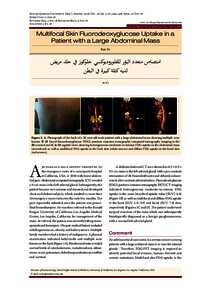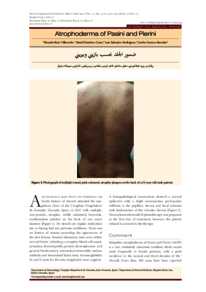Document
Recurrent mutations in kindlin-1, a novel keratinocyte focal contact protein, in the autosomal recessive skin fragility and photosensitivity disorder, kindler syndrome.
Identifier
DOI: 10.1046/j.0022-202X.2003.22136.x
Source
Journal of Investigative Dermatology. v. 122, 1, p. 78-83
Contributors
McLean, Irwin W. H. , Author
South, Andrew P. , Author
Oyama, Noritaka., Author
Smith, Frances J. D. , Author
Al-Suwaid, Raouf., Author
Al-Ismaily, Abla., Author
Atherton, David J. , Author
Harwood, Catherine A. , Author
Leigh, Irene M. , Author
Moss, Celia. , Author
Didona, Biagio., Author
Zambruno, Giovanna. , Author
Patrizi, Annalisa., Author
Eady, Robin A. J. , Author
McGrath, John A. , Author
Country
United Kingdom.
City
Oxford
Publisher
Blackwell
Gregorian
2004-01-01
Language
English
Subject
English abstract
Kindler syndrome (OMIM 173650) is a rare autosomal recessive disorder characterized by trauma-induced blister formation (especially in childhood) and photosensitivity. Other features include mucocutaneous scarring and progressive poikiloderma. There is also an increased risk of skin and mucous membrane malignancy. The disorder was recently mapped to 20p12.3 and pathogenic mutations were identified in a new gene, KIND1. This gene encodes a 677 amino acid protein, kindlin-1, a component of focal contacts in keratinocytes. In this study, we identified four new recurrent mutations in KIND1 in 16 individuals with Kindler syndrome from 13 families of Pakistani (676insC), UK Caucasian (E304X), Omani (W616X), or Italian (958-1G > A) origins. Haplotype analysis demonstrated common ancestral mutant alleles for each mutation, apart from one of the six Pakistani families in which the mutation 676insC (which occurs In a repeat of seven cytosines) was present on a different genetic background. All mutations were homozygous, apart from the three UK Caucasian cases that were all compound heterozygotes (second allele mutations: L302X, 1161delA, 1909delA). All mutations were associated with markedly reduced or absent skin immunostaining with an antikindlln-1 antibody. These loss-of-function KIND1 mutations demonstrate the importance of kindlin-1 in maintaining epithelial integrity, although the mechanism linking this mutant protein to photosensitivity and poikiloderma remains to be determined. Delineation of these recurrent mutations is also relevant to optimizing mutation detection strategies in Kindler syndrome patients from particular ethnic backgrounds.
Description
ISSN
0022-202X
Category
Journal articles




